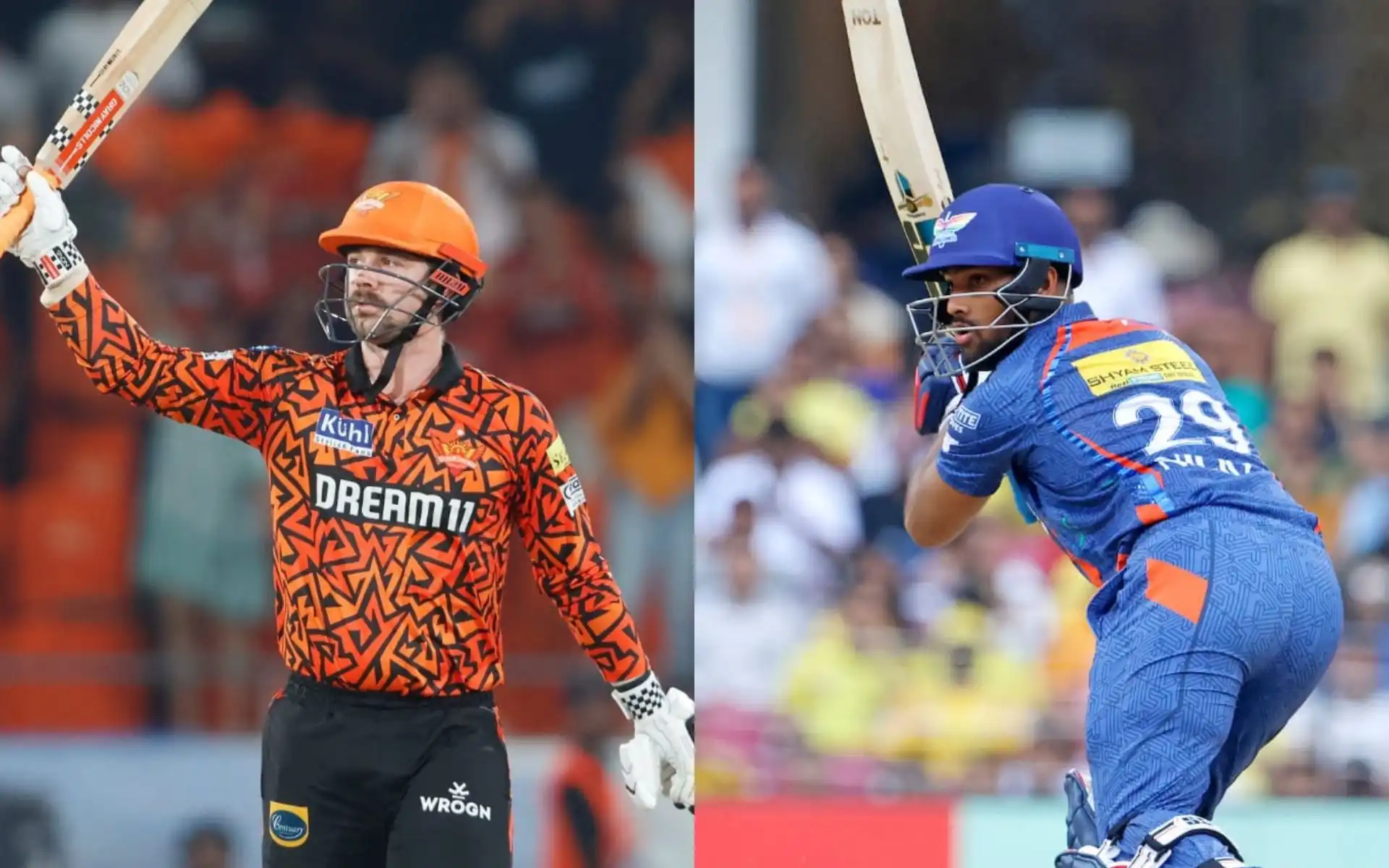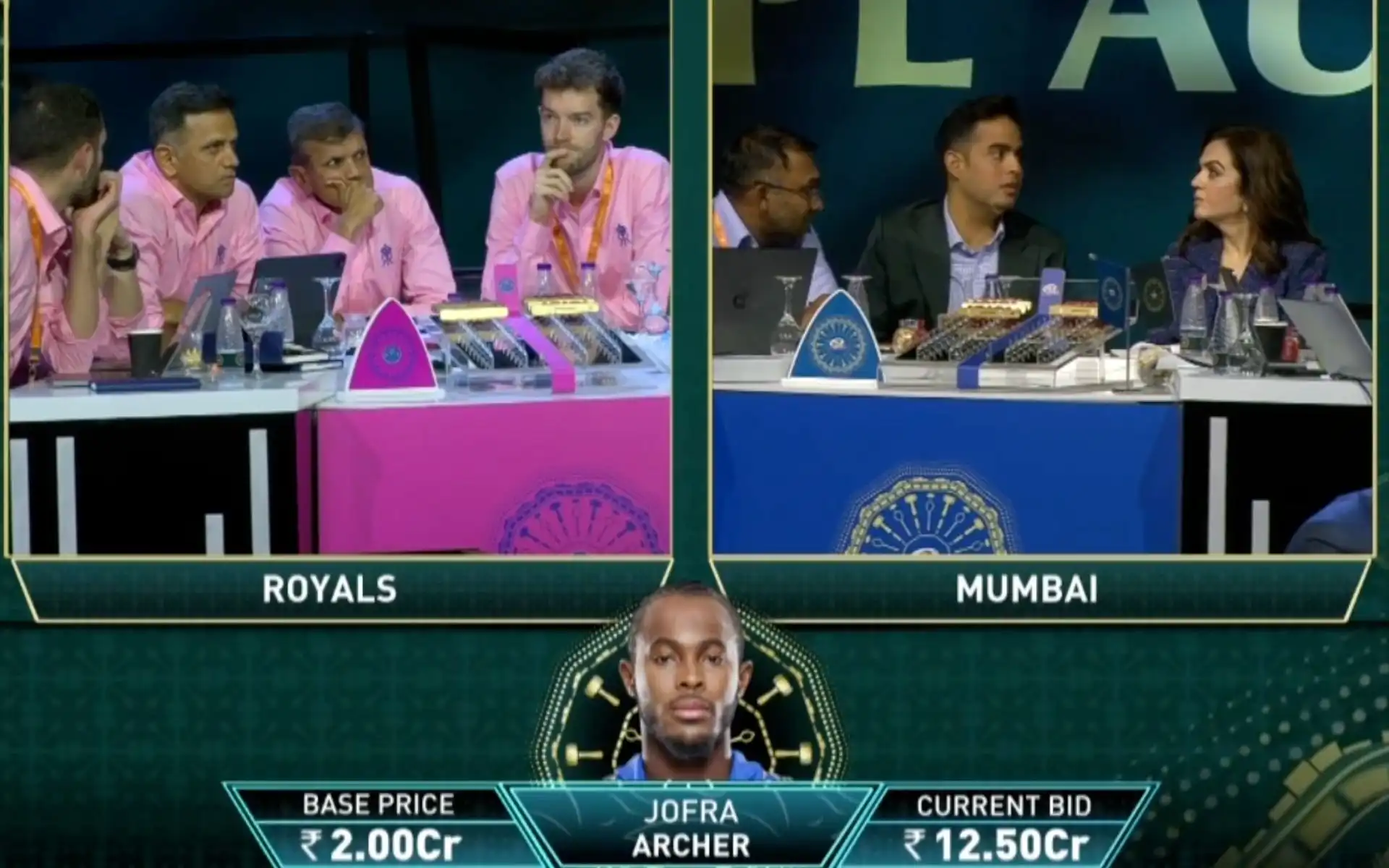![Quinton de Kock bagged his seventh IPL match award tonight. [Source: @IPL/X]](https://onecricketnews.akamaized.net/parth-editor/oc-dashboard/news-images-prod/1743015999799_QDK_KKR.jpg?type=hq) Quinton de Kock bagged his seventh IPL match award tonight. [Source: @IPL/X]
Quinton de Kock bagged his seventh IPL match award tonight. [Source: @IPL/X]
It was imperative for Kolkata Knight Riders wicket-keeper batter Quinton de Kock to come up with a match-winning knock. While he fetched his team a couple of points, de Kock needed to score a lot of runs for his own self.
Why? Because he hadn’t scored many lately. Although yet to announce T20I retirement, it wouldn’t be surprising if de Kock never represents South Africa again. Therefore, for a T20 freelancer, de Kock’s performance hasn’t been up to a level which he has set for himself over the years.
Quinton de Kock Was In A Rut
The year 2024, which probably saw the last of de Kock as an international cricketer, was bittersweet for him. If number of runs are considered, de Kock had never scored 1,436 T20 runs in a year before. Since he had also not batted 56 times in a year in the past, an average of 27.61 was his third-lowest after 2011 (26.66) and 2017 (17.70).
Additionally, if an outstanding season of Caribbean Premier League is not taken into consideration, de Kock’s 983 runs had come at an average and strike rate of 23.40 and 132.30 respectively. Both the average and strike dip further if his eight innings of 2025 until today are added to this.
While South African cricketing ecosystem is basking in the overall success of SA20, de Kock has averaged less than 20 while striking at less than 125 for two seasons in a row now.
As far as the Indian Premier League is concerned, de Kock was hard done by due to Kyle Mayers’ emergence at Lucknow Super Giants during IPL 2023. Subsequently, scoring 250 runs at an average and strike rate of 22.72 and 134.40 respectively wasn’t special last season.
Quinton de Kock Read Conditions The Best
Facing stiff competition from reserve overseas wicket-keeper batter Rahmanullah Gurbaz, de Kock scoring the highest individual score in a run-chase for a Knight Riders batter will hand him a longer rope. Chasing a 152-run target at a tricky Barsapara Cricket Stadium surface, the left-handed batter’s masterly 97* (61) included eight fours and six sixes.
Realizing how the pitch wasn’t manufactured to bat at a strike rate in vicinity of 200, de Kock read the conditions better than everyone else. While Rajasthan Royals captain Riyan Parag considered his decision to continue attacking as a “mistake” on this pitch, de Kock’s opening partner Moeen Ali pretty much conceded defeat against the express pace of Jofra Archer.
de Kock, on the contrary, nullified Archer’s threat by scoring 28* (8) including the winning runs. Having thwacked two sixes off Archer to secure a win with 15 balls to go, de Kock became the highest T20 run-scorer against the Englishman. For batters who’ve faced at least 30 balls off Archer, de Kock is the only one to strike above 200.
Not sparing RR all-rounder Wanindu Hasaranga either, de Kock scoring 49* (17) against the opposition’s two overseas bowling options ended up becoming the biggest difference between the two teams.
“Not the type of wicket for that kind of game, the ball was turning and stopping. It was a working man's wicket,” a mature de Kock told host broadcaster JioStar after being adjudged the Player of the Match in the IPL after almost three years.
In doing what he did and saying what he did, the 32-year-old player created a blueprint for contemporary T20 batters who would’ve harmed themselves while wanting to finish the match an over before by trying to bat at a strike rate higher than 159.01.
Notwithstanding all the flashiness that accompanies T20 batting, pursuing it comes at a cost. In certain situations, and on certain pitches, batters have to be at peace with a strike rate which wouldn’t be eye-catching but enough to facilitate the team’s progress. After all, the best chance of chasing a target is by playing in the middle and not regretting in the dressing room.
![[Watch] Quinton De Kock Humiliated As Baartman Destroys His Stumps With A Bullet Ball](https://onecricketnews.akamaized.net/parth-editor/oc-dashboard/news-images-prod/1737141270046_Quinton_De_Kock_wicket (1).jpg)
![[Watch] 6,6,4,4 - Quinton de Kock & Hendricks Demolish Jofra Archer In ENG Vs SA T20 WC 2024](https://onecricketnews.akamaized.net/parth-editor/oc-dashboard/news-images-prod/1718982352399_Quinton_batting (1).jpg)
![[Watch] Riyan Parag Calls For IPL Fairness As DRS Denies Theekshana From Quinton De Kock Wicket](https://onecricketnews.akamaized.net/parth-editor/oc-dashboard/news-images-prod/1743009475209_riyan_parag (2).jpg)


.jpg?type=mq)

